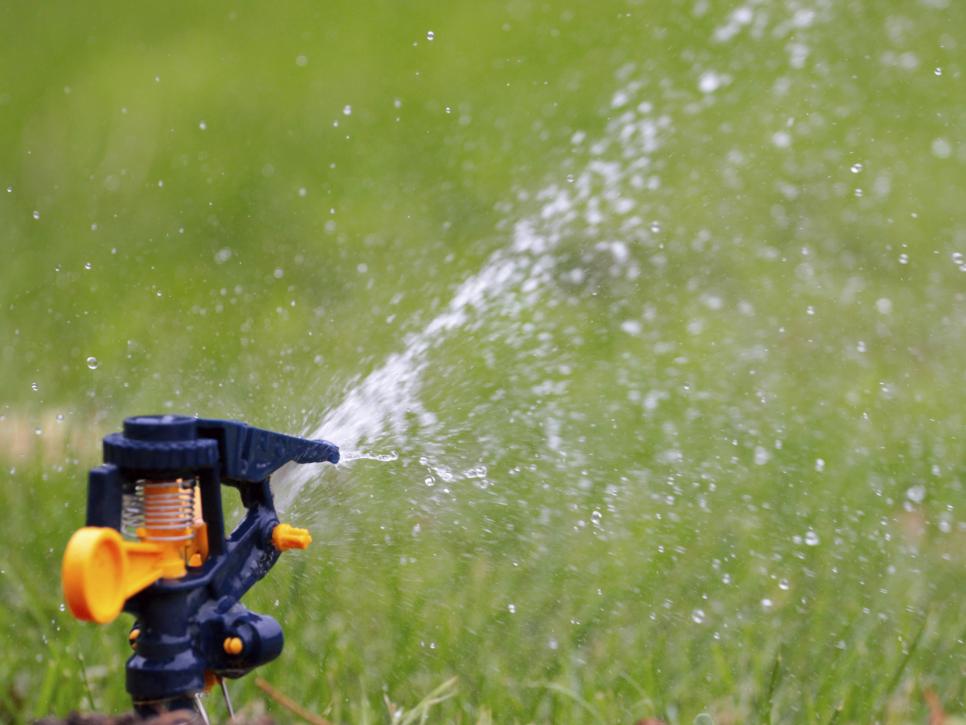“Let’s start with the basics. Remember, timing is key. It’s important to water your lawn early in the morning. The sun is less intense, and your lawn has a full day to dry. In the early morning, there’s less of a chance that the hot midday sun evaporates all the water delivered by your sprinklers, which would only require you to water again and unnecessarily waste resources.”

